I want to draw a curve (Beizer curve) between two lat-long points. Currently i am referring this post (code is in javascript).
Code to get curve points using cubic bezier equation
private void drawElementsOnMap(LatLng init, LatLng end) {
mMap.addMarker(new MarkerOptions().position(init));
mMap.addMarker(new MarkerOptions().position(end));
LatLngBounds.Builder bc = new LatLngBounds.Builder();
bc.include(init);
bc.include(end);
mMap.moveCamera(CameraUpdateFactory.newLatLngBounds(bc.build(), 100));
PolylineOptions line = new PolylineOptions();
line.add(init);
line.add(end);
mMap.addPolyline(line);
double distanceBetween = SphericalUtil.computeDistanceBetween(init, end);
double lineHeadingInit = SphericalUtil.computeHeading(init, end);
double lineHeadingEnd = bearing(end, init);*/
double lineHeading1, lineHeading2;
if (lineHeadingInit < 0) {
lineHeading1 = lineHeadingInit + 45;
lineHeading2 = lineHeadingInit + 135;
} else {
lineHeading1 = lineHeadingInit + -45;
lineHeading2 = lineHeadingInit + -135;
}
LatLng pA = SphericalUtil.computeOffset(init, distanceBetween / 2.5, lineHeading1);
LatLng pB = SphericalUtil.computeOffset(end, distanceBetween / 2.5, lineHeading2);
// Beizer curves with 4 points
gmapsCubicBezier(init, end, pA, pB);
}
private void gmapsCubicBezier(LatLng p1, LatLng p2, LatLng pA, LatLng pB) {
//Polyline options
PolylineOptions options = new PolylineOptions();
LatLng curveLatLng = null;
for (double t = 0.0; t < 1.01; t += 0.01) {
// P = (1−t)3P1 + 3(1−t)2tP2 +3(1−t)t2P3 + t3P4; for 4 points
double arcX = (1 - t) * (1 - t) * (1 - t) * p1.latitude
+ 3 * (1 - t) * (1 - t) * t * pA.latitude
+ 3 * (1 - t) * t * t * pB.latitude
+ t * t * t * p2.latitude;
double arcY = (1 - t) * (1 - t) * (1 - t) * p1.longitude
+ 3 * (1 - t) * (1 - t) * t * pA.longitude
+ 3 * (1 - t) * t * t * pB.longitude
+ t * t * t * p2.longitude;
curveLatLng = new LatLng(arcX, arcY);
options.add(curveLatLng);
//Draw polyline
mMap.addPolyline(options.width(5).color(Color.DKGRAY).geodesic(false));
}
mMap.addMarker(new MarkerOptions().position(curveLatLng));
}
Following are the pictures show different test cases I tried.
case 1: P1 - Mumbai, P2 - Chennai

case 2: P1 - France, P2 - Singapore

case 3: P1 - USA, P2 - Bangalore

case 4: P1 - USA, P2 - Singapore

Questions:
1) Why is algorithm able to draw fairly decent curve only in case 1?
2) Why bezier curve bents on one side in case 2?
3) Why bezier curve looks different in case 3 and 4 (strange cusp at P1 (case 3) and at P2 (case 4)). Is there anyway to avoid it?
4) Why polyline is drawn differently (the direction?) in case 4?
I am unable to understand the pattern in which curve is drawn. Please let me know if I am doing anything wrong.
